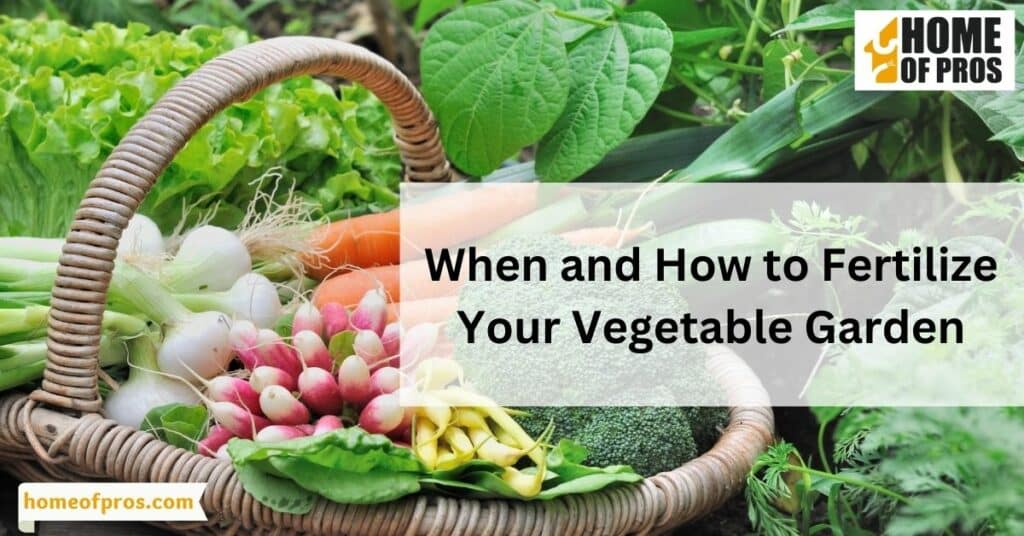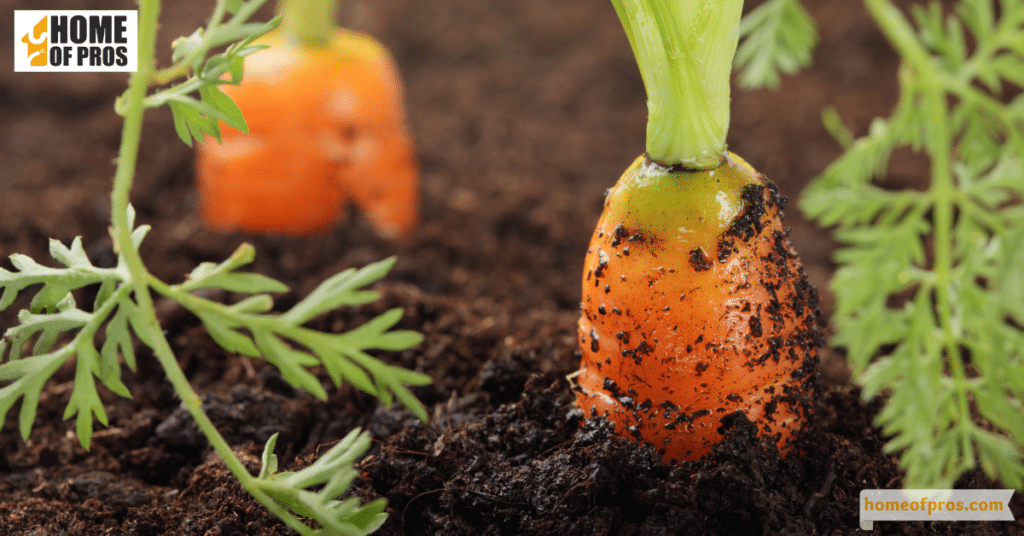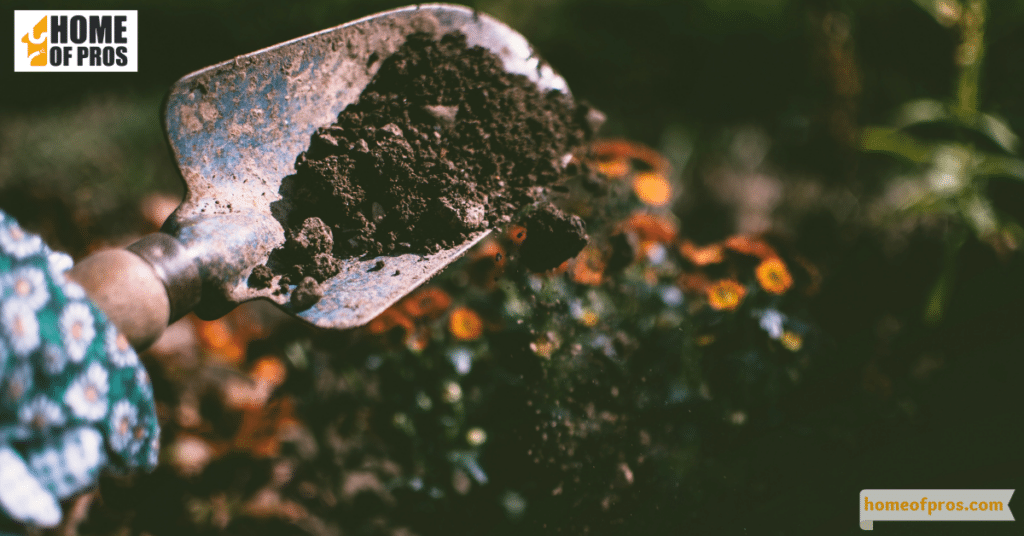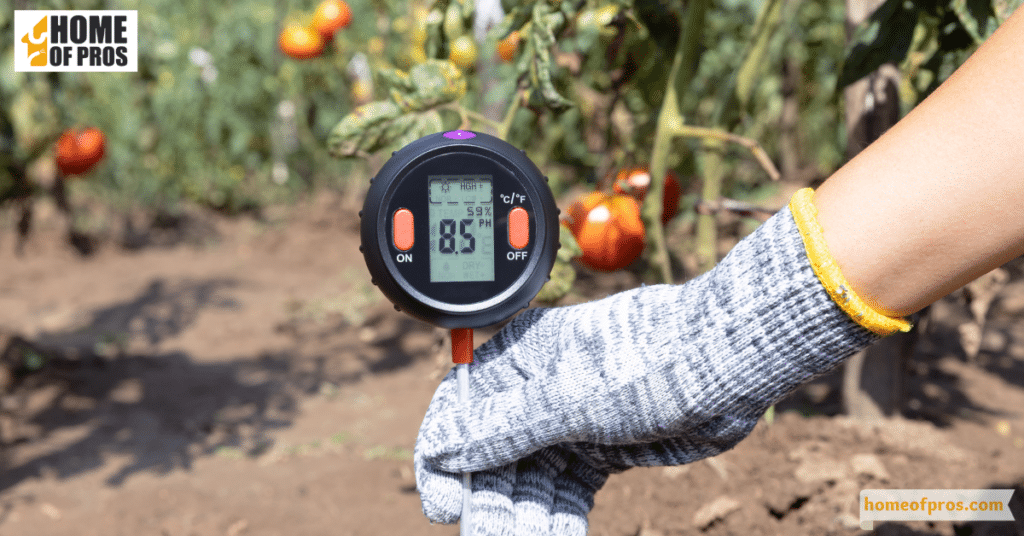Timing is crucial when fertilizing your vegetable garden; the best period is right after planting seeds or transplants. Use a balanced, all-purpose fertilizer or one specifically designed for vegetables, following package instructions. Over-fertilizing can harm plants, so it’s essential to find the right balance and apply at the recommended rates.
Fertilizing is the unsung hero of a flourishing vegetable garden. Beyond just routine care, it significantly boosts growth, yield, and overall plant health. For a truly thriving garden, mastering fertilization is key.

Understanding Fertilizer Components
A thriving garden isn’t just about planting seeds and watching them grow; it’s about the intricate details of nutrition, soil balance, and the science behind fertilization. To truly optimize our gardens, we must first understand the fundamental building blocks of fertilizers and what each nutrient contributes to plant health.
- Nitrogen (N): A critical component for promoting leafy growth. It ensures that plants have lush, vibrant greenery. When plants receive adequate nitrogen, they produce the necessary chlorophyll to carry out essential photosynthesis, converting sunlight into vital energy for growth.
- Phosphorus (P): This nutrient is vital for the development of strong roots and the maturation of fruits. Phosphorus aids in energy transfer within plants, allowing for robust growth. With the right amount of phosphorus, plants not only anchor themselves better but also produce bountiful and healthier fruits.
- Potassium (K): Essential for the overall health of plants, potassium plays a role in various physiological processes, including water uptake, enzyme activation, and photosynthesis. A plant well-supplied with potassium is more resistant to diseases, pests, and various environmental stresses, ensuring a more robust and resilient garden.
By understanding these cornerstone elements of fertilizers, gardeners can make informed decisions that significantly enhance the health and productivity of their gardens, leading to more flourishing and bountiful yields.

Determining the Right Time to Fertilize
In the world of gardening, timing is everything—especially when it comes to fertilization. The right nutrients at the wrong time might prove less beneficial, or even detrimental, to plant health. Conversely, applying fertilizer at the optimal time can drastically boost a plant’s growth, productivity, and overall vigor.
The Significance of Timing
Every gardener has heard the adage, “It’s not just what you do, but when you do it.” This especially holds for fertilization. Introducing nutrients at the wrong stage can either go to waste, as plants may not be equipped to absorb them, or could potentially harm young, delicate plants with an overabundance of nutrients they aren’t ready for.
Ideal Times to Fertilize
- After Planting Seeds or Transplants: Right after sowing seeds or transplanting young plants is a crucial time. At this stage, plants require a nutrient-rich environment to establish roots and kickstart growth. A light application of a balanced fertilizer can give them the initial boost they need.
- During Key Growth Phases: As vegetables grow, different stages require varying nutrient profiles. For instance, leafy greens may benefit from nitrogen-rich fertilizers during their initial growth phases, while fruiting plants like tomatoes might need more phosphorus as they begin to set fruit. Identifying and catering to these unique needs can make the difference between an average and an exceptional harvest.

Soil Testing: The Blueprint of Nutrient Needs
While understanding general fertilization guidelines is essential, each garden plot is unique. Soil testing emerges as an invaluable tool in this context. By analyzing the nutrient composition of your garden’s soil, these tests provide insights into deficiencies and surpluses. They serve as a roadmap, guiding gardeners on not just which fertilizers to use, but also on how much and how frequently. In essence, soil tests take the guesswork out of the equation, ensuring that plants get precisely what they need.
As with many things in life, in gardening, timing paired with knowledge is a formidable combination. By understanding the nutrient needs of plants at various stages and combining this with insights from soil tests, gardeners can ensure their plants get the right nutrients exactly when they need them, paving the way for a bountiful harvest.

Choosing the Right Fertilizer
Navigating the realm of fertilizers can sometimes feel like deciphering a complex puzzle. However, the choice between organic and synthetic fertilizers is fundamental, each offering distinct benefits and considerations. Let’s dissect these options to help you make an informed decision for your garden.
Types of Fertilizers: A Comparison
| Type | Description | Benefits | Considerations |
|---|---|---|---|
| Organic | Derived from plant and animal sources like compost, bone meal, and manure. | Environmentally friendly; Improves soil structure; Slow-release nutrients. | Generally more expensive; Nutrient ratios can be inconsistent. |
| Synthetic | Man-made, usually from mineral salts. Examples include urea and ammonium nitrate. | Fast-acting; Precise nutrient ratios; Widely available. | Can cause nutrient burn if overused; Potential environmental concerns. |
Choosing between organic and synthetic fertilizers isn’t about determining which is categorically ‘better’, but rather, which is better suited for your specific gardening needs and philosophies. By understanding the merits and caveats of each, you can tailor your gardening practices to best align with your goals, ensuring that your plants flourish and thrive.
Methods of Applying Fertilizer
Achieving a vibrant garden requires not only the right choice of fertilizer but also the appropriate application method. Different plants, stages of growth, and garden settings necessitate varied techniques. Let’s delve into the primary methods of applying fertilizer and arm you with expert tips for maximum efficiency and distribution.

- Side Dressing: Surrounding established plants with fertilizer, typically placed a few inches from the stem. This method targets roots directly, nourishing them without over-saturating them. Blend the fertilizer slightly into the topsoil using a hand tool, ensuring deeper reach while preserving the plant’s stability.
- Broadcasting: Ideal for vast areas or preparing new beds, this involves scattering the fertilizer uniformly over the soil surface. For optimal results, lightly rake the area post-broadcasting to integrate the fertilizer and enhance its absorption.
- Foliar Feeding: Spraying a diluted liquid fertilizer solution onto the plant’s leaves provides immediate nutrient absorption, particularly useful for plants displaying deficiency symptoms. Opt for early morning or late evening applications to reduce evaporation rates and enhance nutrient uptake.
- Drip Irrigation: Here, fertilizer gets infused into the water supply, ensuring a direct route to plant roots. This continuous, controlled nutrient delivery is beneficial for plants needing steady nourishment. Regularly inspect your irrigation system for blockages and maintain consistent concentration levels to avoid over-fertilization.
The pathway to a flourishing garden isn’t just about what you offer to your plants, but how you offer it. By mastering the nuances of fertilizer application methods and heeding expert advice, you’re setting the stage for a garden that’s not only lush but also vibrant and resilient.
Avoiding Over-fertilization and Other Common Mistakes
In the quest for a thriving garden, the line between nurturing and overwhelming with fertilizer can be thin. Over-fertilization comes with risks that extend beyond plant health, affecting the environment as well. Let’s explore the perils of over-fertilization, share insights on spotting its signs, and highlight other common pitfalls to avoid in your gardening journey.
- Risks of Over-fertilization: Understand the consequences, including nutrient burn, where excessive nutrients damage plant roots and foliage, and the potential for water pollution as excess fertilizers leach into water bodies. Stick to recommended application rates to prevent over-fertilization.
- Recognizing Signs of Over-fertilization: Learn to identify symptoms like wilting, discolored leaves, and stunted growth in your plants. These are often indicators of nutrient excess. Regularly inspect your garden for signs of stress in your plants and adjust your fertilization accordingly.
- Choosing the Right Fertilizer: Avoid common mistakes like using the wrong type of fertilizer for your plants or applying it at the wrong time. Each plant has unique nutrient needs at various growth stages. Match your fertilizer to your specific plants and soil conditions, and adhere to recommended application times.
A flourishing garden is a testament to a gardener’s skill, and part of that skill is knowing when to hold back on the fertilizer. By steering clear of over-fertilization and other common mistakes, you’ll not only nurture your garden but also safeguard the broader environment. It’s a win-win for both your plants and the planet.

In conclusion
The success of a thriving garden hinges on a delicate balance of knowledge and attentive care. We’ve learned about the essential components of fertilizers, the critical importance of timing in application, and the nuanced choice between organic and synthetic options.
We’ve explored various methods for precise and efficient distribution, ensuring every plant gets the nutrients it craves. Yet, the journey doesn’t end here. It’s crucial to heed the cautionary notes on over-fertilization and common mistakes, recognizing that the health of our plants and the environment are intricately intertwined.












